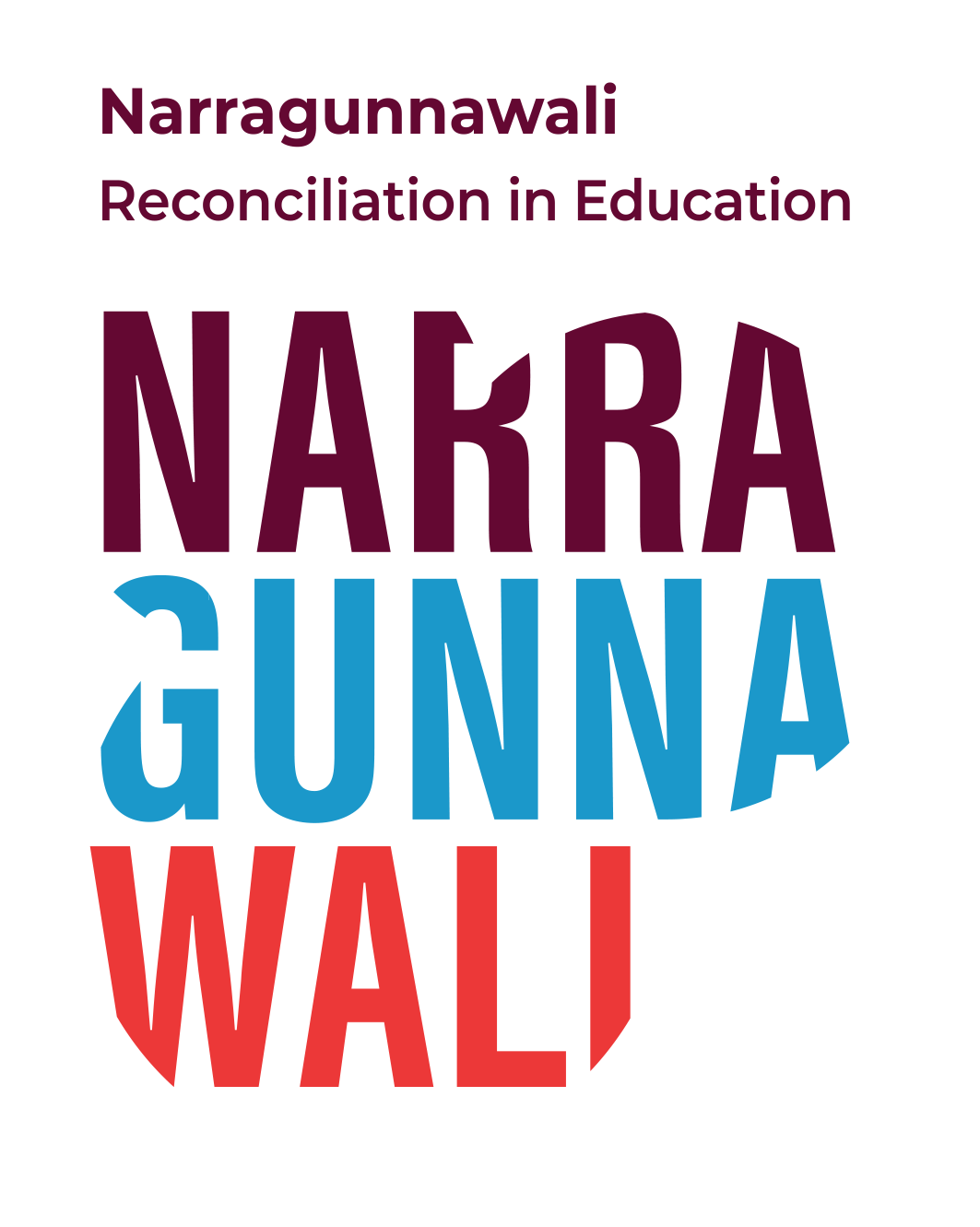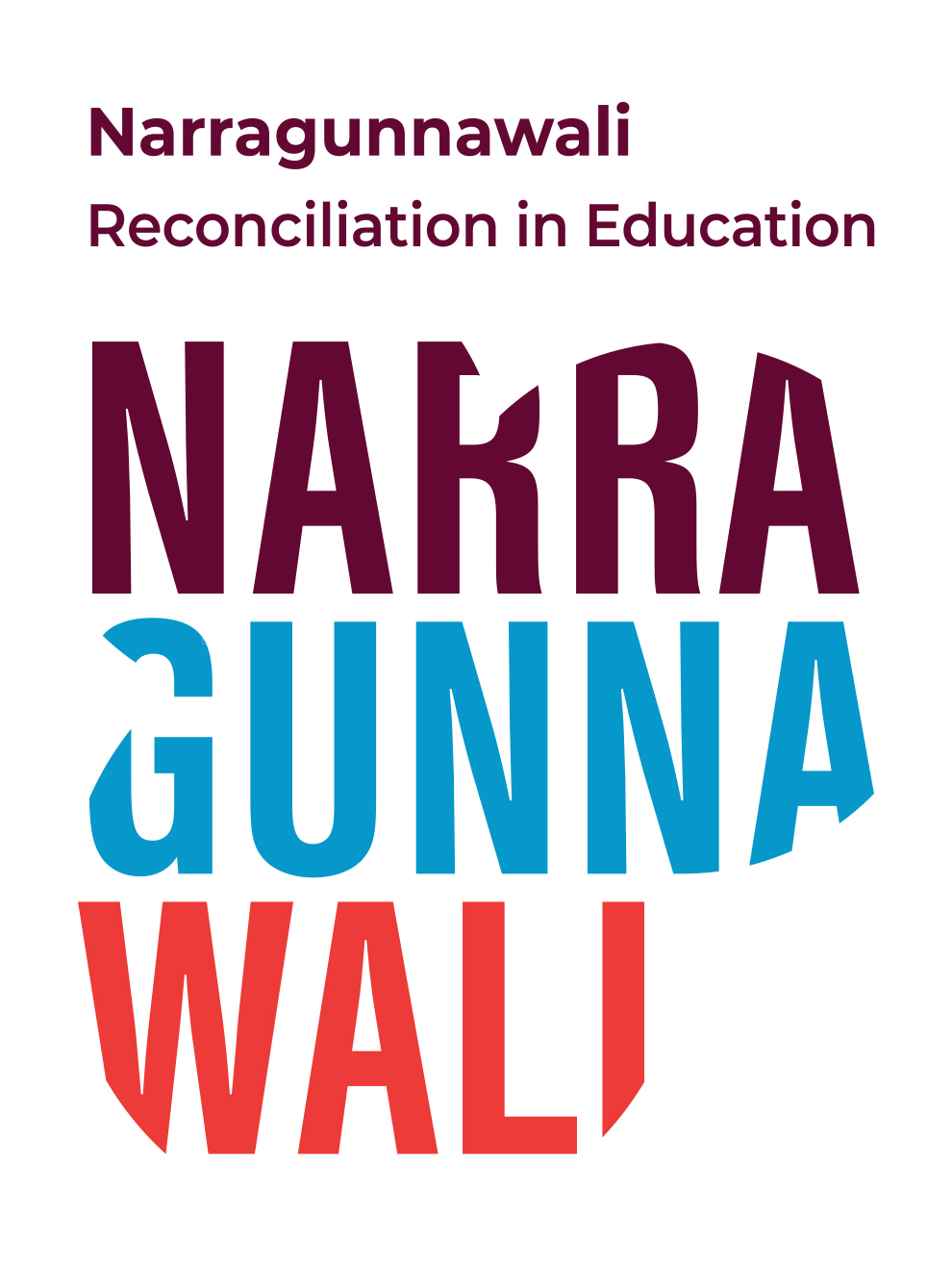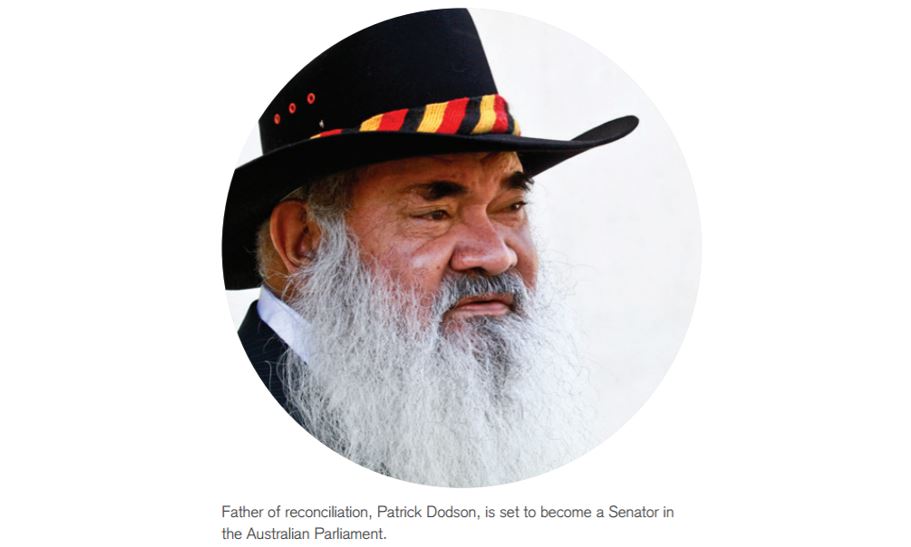Reconciliation in the Media
Building a respectful understanding of Aboriginal and Torres Strait Islander cultures and histories among the next generation of Australians is critical to achieving reconciliation. But for some teachers and educators, talking about reconciliation in a real and relevant way can be difficult.
Current news stories are a useful way to connect the concept of reconciliation to everyday life in Australia. Use the below
articles as conversation starters with colleagues, parents, students or children, to help think about what reconciliation
means to you and your community.
Invaded not settled
An ‘Indigenous Terminology’ guide
developed by the University of New South Wales in 2012
has been criticised by media personalities and newspapers,
starting a wide-ranging public discussion. The resource was
designed to assist staff and students to use appropriate
terminology regarding Aboriginal and Torres Strait Islander
peoples and their histories and cultures.
Conversation starter: How does language and terminology
shape our understanding of Australia’s history?

More First Peoples in parliament
In March, the
representation of Australia’s First Peoples in Federal
Parliament took a big leap forward, with Opposition
Leader Bill Shorten announcing that two prominent
Indigenous Australians are to join Labor’s ranks.
Aboriginal activist and father of reconciliation, Patrick
Dodson, and Deputy NSW Labor leader, Linda Burney, will
have a chance to win seats in the upper and lower houses
of the Australian Parliament with the double dissolution
election occurring in July.
Conversation starter: Why is it important that Aboriginal
and Torres Strait Islander people are represented in the
Australian Parliament?

Artefacts unearthed in Sydney
The construction of a
section of Sydney’s new light rail line is in question after
more than 22,000 Aboriginal artefacts were unearthed
in Randwick. Heritage experts working at the site say the
volume of artefacts is indicative of a ceremonial meeting
place, and that it should be treated as a site of “state
significance.”
Conversation starter: Why is it important to learn about and
look after sites of cultural and historical significance such as
this one?

The Encounters exhibition
Encounters (National
Museum of Australia, 27 November 2015 to 28 March
2016) featured rare Aboriginal and Torres Strait Islander
objects from the British Museum that were collected after
contact with Captain James Cook in 1770 onwards.
The exhibition prompted an emotional conversation about
whether the precious objects – some stolen from Aboriginal
and Torres Strait Islander people on the colonial frontier in
circumstances of extreme violence – should be permanently
repatriated or displayed in a museum show at all.
Conversation starter: What are some of the potential
arguments in favour of repatriating objects to the
communities from which they came? What are some
arguments in favour of the British Museum retaining the
objects?
-
18 Apr 2024NATIONAL RECONCILIATION WEEK 2024 CURRICULUM RESOURCES
-
18 Apr 2024Teacher Feature – Sherri Bryers, Tasmania
-
18 Apr 2024Civil Discourse: Post-Referendum for schools


